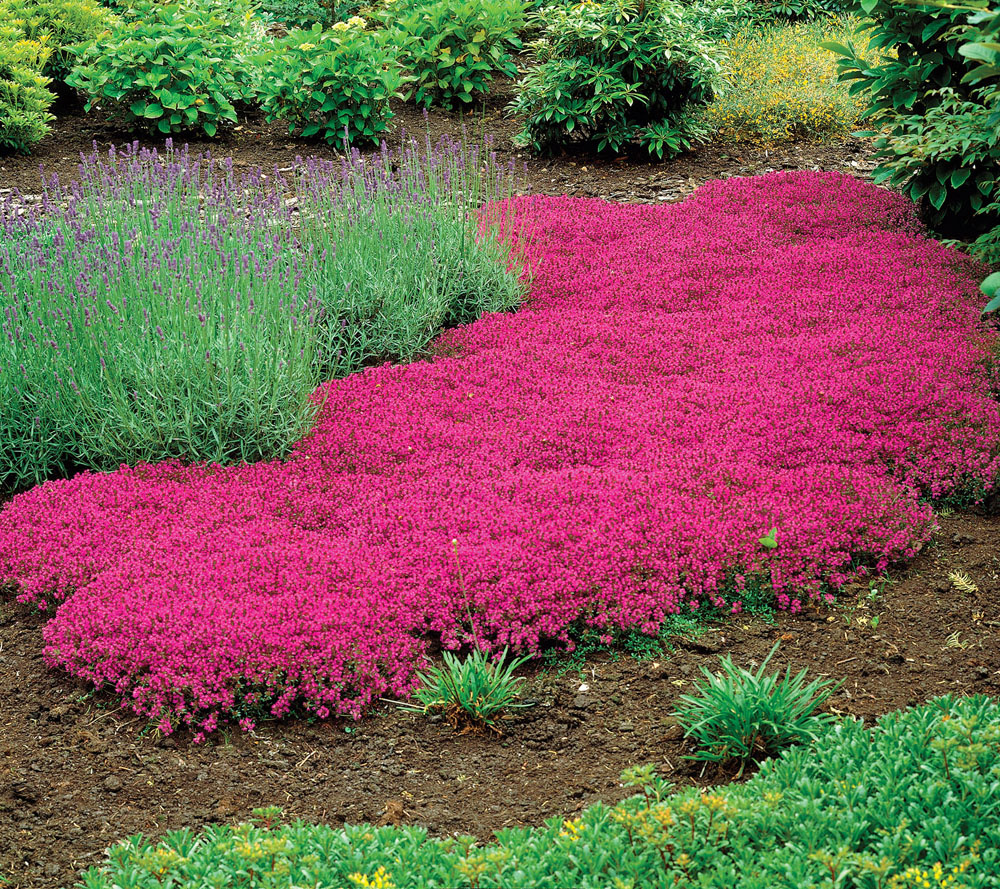
Thereafter, say goodbye to fertilizing, thatching, regular watering, and even mowing if you so desire. Plant the thyme plugs about 8 inches (20 cm.) apart and water in well. Prior to planting, make sure the thyme plants are damp. When the soil is ready to be worked, add some bone meal or rock phosphate along with some compost to the soil and work it in, down to about 6 inches (15 cm.) since thyme has short roots. Hey, patience is a virtue though, right?! Till the area when the process is completed and remove any big chunks of rock or root before attempting to transplant the thyme plugs. This method requires patience, as it takes two seasons to completely kill off the top and even longer to get all the roots. The idea here is to cut off all light to the grass and weeds underneath, basically smothering the plants. Lastly, you can always make a lasagna garden by covering the entire area with black plastic, cardboard, or lots of newspaper layers covered in straw or sawdust. The next option is good old-fashioned, back breaking, digging up of the sod. Of course, you can always go with the easy, albeit not so eco-friendly method of multiple applications of herbicide. It takes some doing to rid the area of all the existing grass. The biggest problem with using thyme to replace grass is the work it will take preparing the site.

You can also alternate varieties or create a pattern by planting a different type of thyme around the border of the pseudo-lawn.

Xeriscaping is becoming increasingly popular in an effort to reduce our dependence on water use.


 0 kommentar(er)
0 kommentar(er)
